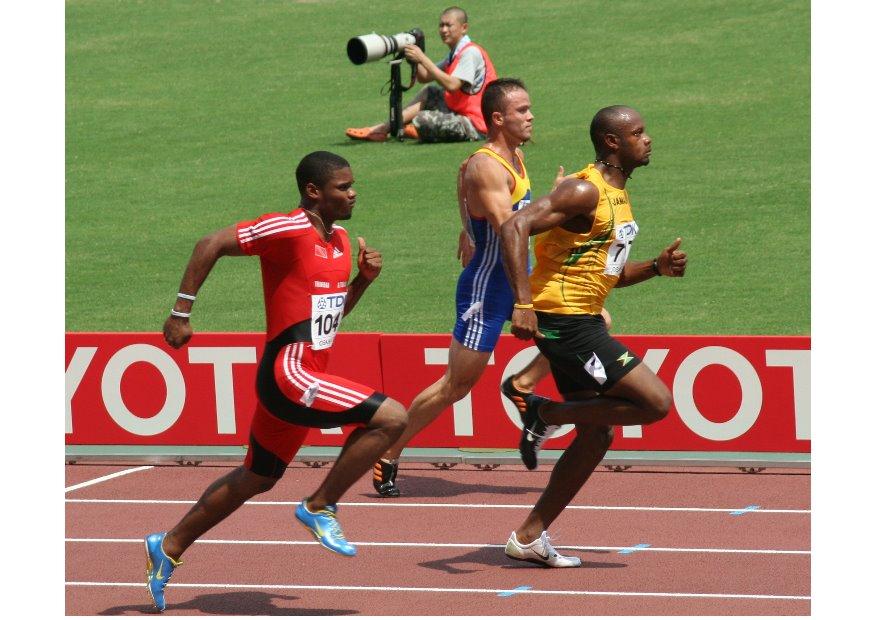When it comes to the strength and conditioning of athletes, we perform a lot of tests and use a lot of training approaches because of tradition. In other words, we do this because we’ve already done this. Sometimes you get studies that make you re-evaluate some of that dogma.
For example, Dobbs et al studied the relationship between vertical jumps, horizontal jumps, and sprint performance. The authors studied rugby union players. The subjects performed several types of both vertical and horizontal jumps; these included jumps with a countermovement, jumps from a paused squat, and depth jumps. In addition, the subjects performed a 30 meter sprint test and a muscle stiffness test which consisted of ten bilateral hops on a force platform. Finally, the muscle architecture of the subjects was evaluated.
Results:
- Horizontal jumps had a greater relationship with sprint speed than vertical jumps.
- There was a correlation between unilateral measures of peak/mean force and sprinting speed across almost all horizontal jumps and most bilateral horizontal jumps and sprinting speed. This was not the case with either type of vertical jump (horizontal or vertical).
Now, on the surface this study provides a lot of data but it basically boils down to the two points mentioned above. Why is this information important? It’s important because sprinting is a horizontal activity – the athlete is pushing or puling themselves along when sprinting. It is not a predominantly vertical activity. Many athletic tests of power, many plyometrics, and almost all strength training exercises are predominantly vertical in nature. For example, the squat, the power clean, the Romanian deadlift, etc.
This study suggests that evaluating the horizontal application of force (e.g. standing long jump, standing triple jump, bounds, etc.) and training the horizontal application of force (sleds, bounds, resisted sprints, kettlebell swings, etc.) may have more to do with sprinting than traditional vertical approaches.
Dobbs, C.W., Gill, N.D., Smart, D.J., and McGuigan, M.R. (2015). Relationship between vertical and horizontal jump variables and muscular performance in athletes. Journal of Strength and Conditioning Research, 29(3), 661-671.


